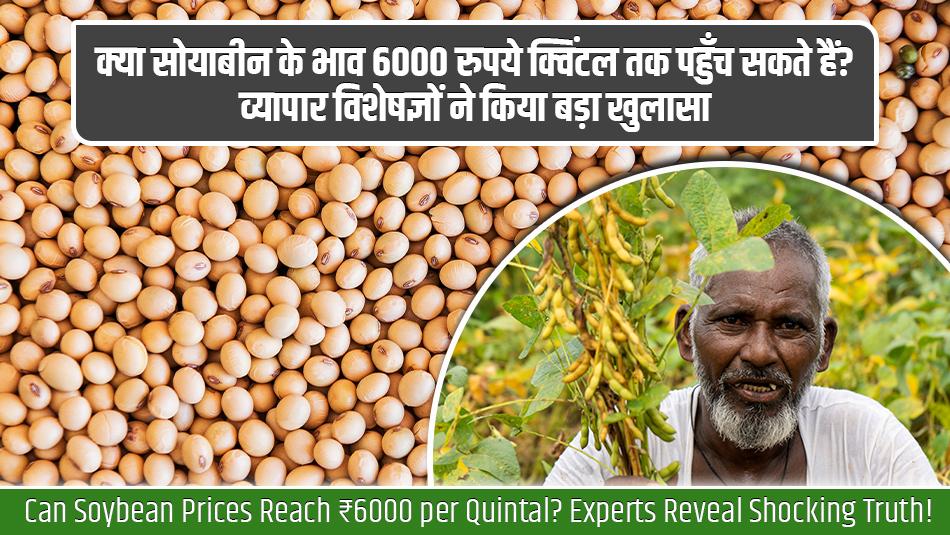
Soybean prices have raised concerns among farmers and traders. Both parties hold soybean stocks, and in anticipation of price hikes, farmers have limited their sales. Meanwhile, traders stocked up on soybean in October, during the start of the season, when prices were higher.
Now, the possibility of rising prices is emerging, but experts remain uncertain about how long this trend will last or when prices will stabilize.
The soybean market has been significantly impacted by edible oil imports. A few years ago, India reduced import duties on edible oils, allowing countries like Indonesia and Malaysia to dump palm oil in the Indian market. This led to a fall in prices for domestic oilseeds like soybean. Last month, palm oil imports increased by 23%, further harming farmers and traders.
However, the government has recently raised import duties on edible oils, which is expected to improve the situation. This may offer some relief to soybean prices, but recovery will take time.
In late December, rain and hailstorms caused severe damage to mustard crops, which could drive up soybean prices. Hailstorms in North India, including Rajasthan's Alwar district, devastated mustard crops, affecting overall oilseed production.
Additionally, a shortage of soybean oil supply has increased the likelihood of price hikes. Farmers are avoiding selling at low prices, preventing processing plants from operating at full capacity.
On the international front, China has recently purchased a large quantity of U.S. soybeans, which could help stabilize global prices. The Chinese government bought about 500,000 metric tons of U.S. soybeans, contributing to market balance. However, the large soybean supply from the U.S. and Brazil could still pressure prices in the long run.
Expected Increase in Soybean Prices: Experts predict that by 2025, soybean prices may reach ₹5300 per quintal, but prices exceeding this threshold are unlikely. Currently, soybean prices in mandis of Madhya Pradesh and Maharashtra are between ₹4000 and ₹4300 per quintal.
There is potential for a price increase in January, with soybean prices possibly rising by ₹200-300 per quintal due to higher demand from processing plants.
Conclusion: While soybean prices may increase in the near future, a sustained rise is unlikely. Price fluctuations will depend on government policies, weather conditions, and international market trends. Traders believe that in 2025, soybean prices will not surpass ₹5300 per quintal.